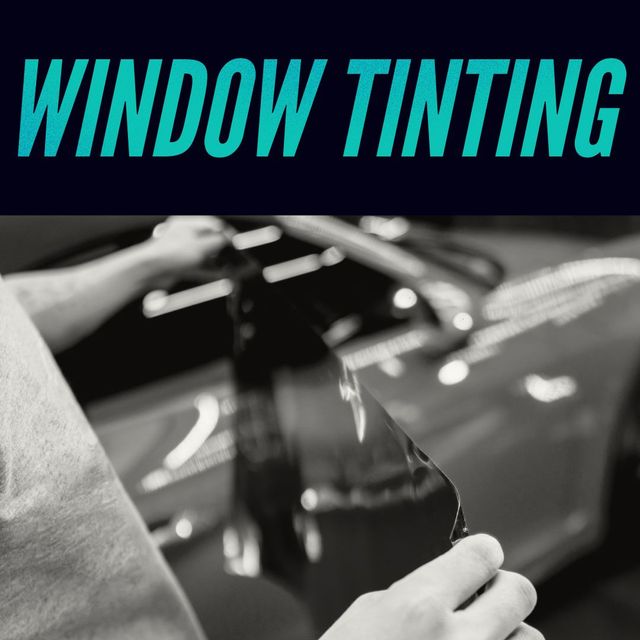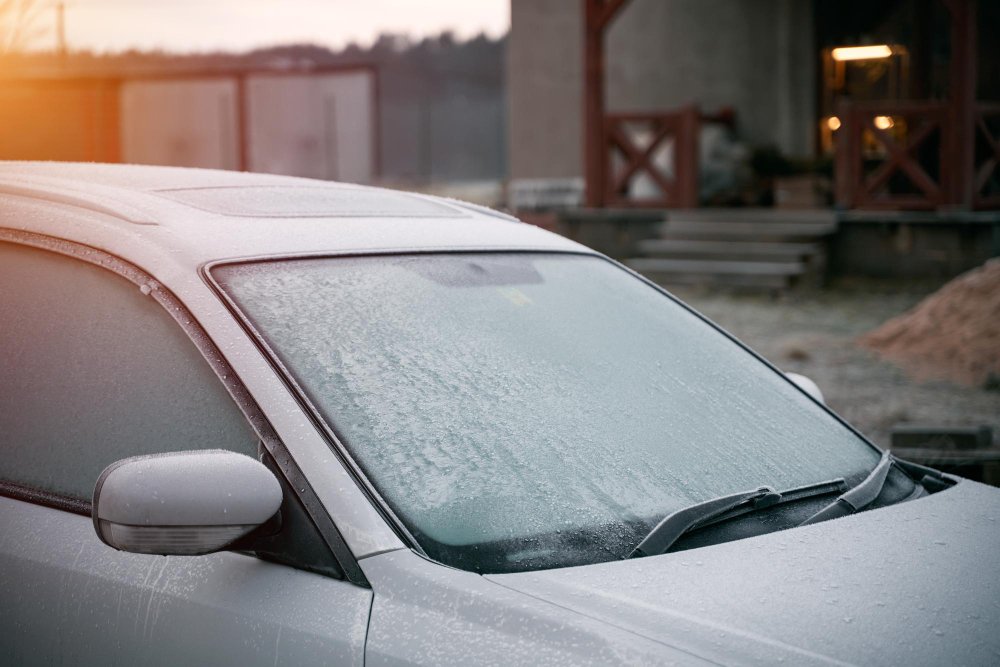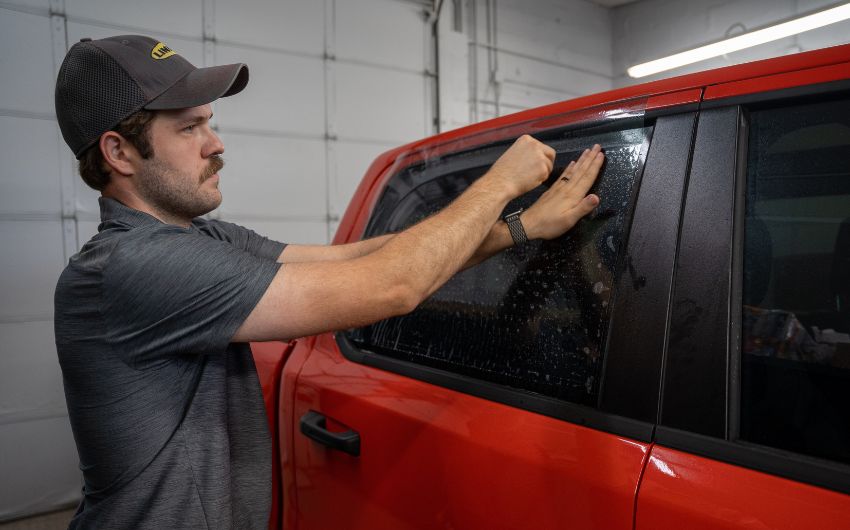Window Tinting Regulations and Guidelines: What You Need to Know Prior To Tinting Your Vehicle
Prior to proceeding with window tinting for your automobile, it is crucial to acquaint yourself with the varied laws and standards that control this practice throughout different states. These policies dictate the permissible degrees of tint darkness, typically gauged by noticeable light transmission (VLT) percents, and include certain specifications for front windscreens aimed at making sure roadway safety and security.
Review of Home Window Tinting Laws
Window tinting regulations are regularly based on variant across different territories, reflecting neighborhood laws and security factors to consider. These laws dictate the permitted degrees of color darkness and reflectiveness on automobile home windows, guaranteeing that vehicle drivers maintain appropriate visibility while additionally securing against hazardous UV rays and heat.
A lot of regulations classify home window tinting based on the Visible Light Transmission (VLT) percent, which shows the amount of light that can travel through the window. Typically, lower VLT portions indicate darker colors. Legislations usually differentiate between the front, side, and rear windows, with more stringent restrictions used to the front windscreen to enhance safety and security for both the vehicle driver and other roadway individuals.
In addition, some territories impose restrictions on the reflectivity of the color, avoiding extreme glow that might harm visibility. Exemptions to these legislations may exist for people with details clinical problems calling for extra sunlight security. Compliance with home window tinting policies is vital, as violations can result in penalties, mandatory elimination of the tint, and prospective boosts in insurance policy costs. As a result, it is necessary for vehicle owners to familiarize themselves with local regulations prior to waging window tinting installations.
State-by-State Tint Regulations
Understanding the certain home window tinting regulations in each state is vital for vehicle owners looking for to follow the legislation. Each state in the united state has established its own collection of policies controling window tinting, which can vary dramatically. These guidelines usually dictate the allowable levels of color darkness, the sorts of home windows that can be tinted, and any type of clinical exemptions that might apply.
For circumstances, states like The golden state have rigorous limitations on color darkness for front home windows, while others, such as New Mexico, may allow darker colors. Furthermore, particular states mandate details exposure percents for various windows, including the windscreen, front side home windows, and rear home windows. It is vital for vehicle proprietors to familiarize themselves with their state's legislations to prevent potential fines or fines.
Furthermore, some states may need an accreditation sticker to be positioned on colored windows, indicating compliance with state regulations. Failing to comply with these laws not only runs the risk of legal repercussions however can also influence safety and security and presence while driving. For that reason, vehicle proprietors must conduct comprehensive research study or seek advice from neighborhood authorities to ensure full understanding and conformity with state-by-state tint regulations.
Allowed Color Degrees and Kinds
Many vehicle proprietors may be stunned to discover that allowed tint levels and types vary widely across various states. Each state has developed its very own policies regarding the acceptable darkness and reflectivity of home window color, often gauged by Visible Light Transmission (VLT) portions. VLT refers to the quantity of light that can go through the colored home windows; therefore, a reduced percentage suggests a darker color.

Moreover, the types of tint products permitted can differ, with some states forbiding metal or mirror-like coatings. It is necessary for car owners to familiarize themselves with their state's details laws to ensure compliance. Non-compliance can lead to penalties, obligatory removal of the tint, or other lawful effects, making it necessary to recognize these guidelines before proceeding with setup.
Medical Exemptions for Tinting
While not all states offer allocations for you could try here medical exceptions pertaining to window tinting, those that do recognize the requirement for details individuals to boost presence and convenience because of clinical problems. Numerous clinical problems, such as lupus, skin cancer, and specific eye conditions, can provide people especially delicate to sunshine. Subsequently, these people might call for darker tints to protect themselves from hazardous UV rays and glow.

It is essential to keep in mind that even with a medical exemption, there might still be restrictions on the degree of color permitted. Compliance with state laws makes certain that people are both safeguarded and within lawful limitations. Those thinking about medical exceptions ought to call their local Division of Electric motor Cars or equivalent authority to comprehend the procedures and needs required to get an exemption properly.
Fines for Non-Compliance
Failing to follow window tinting regulations can result in significant charges, which vary by state. Regulation enforcement agencies are empowered to release citations for vehicles that do not comply with the defined tinting regulations. These fines commonly consist of fines, which can vary from moderate quantities to several hundred bucks, depending upon the severity of the offense and the state concerned.
In some jurisdictions, repeated offenses might cause rising penalties or added charges, such as obligatory court appearances. Additionally, non-compliance might require the elimination of unlawful tinting, commonly at the owner's cost. In severe cases, habitual offenders may encounter suspension of their lorry registration up until compliance is attained.
In addition, insurance policy effects might arise from receiving several citations for home window color infractions. Insurance firms might check out such offenses as an indicator of riskier habits, potentially leading to increased costs advice or trouble in insurance coverage.
To stay clear of these charges, it is important for car owners to familiarize themselves with their regional window tinting regulations and make sure that their lorry complies (Window Tinting). This aggressive approach not just stays clear of legal ramifications yet also promotes roadway safety and security
Conclusion

A lot of laws classify window tinting based on the Visible Light Transmission (VLT) portion, which shows the quantity of light that can pass with the home window. Conformity with home window tinting policies is critical, as offenses can result in penalties, required elimination of the tint, and prospective rises in insurance coverage premiums.Recognizing the particular window tinting policies in each state is important for vehicle owners looking for to abide with the legislation. These internet policies typically dictate the allowable degrees of tint darkness, the types of windows that can be tinted, and any medical exemptions that might use.
For instance, states like California have rigorous constraints on color darkness for front home windows, while others, such as New Mexico, might permit darker tints.
Comments on “Auto Window Tinting for Improved Protection and Reduced Break-Ins”